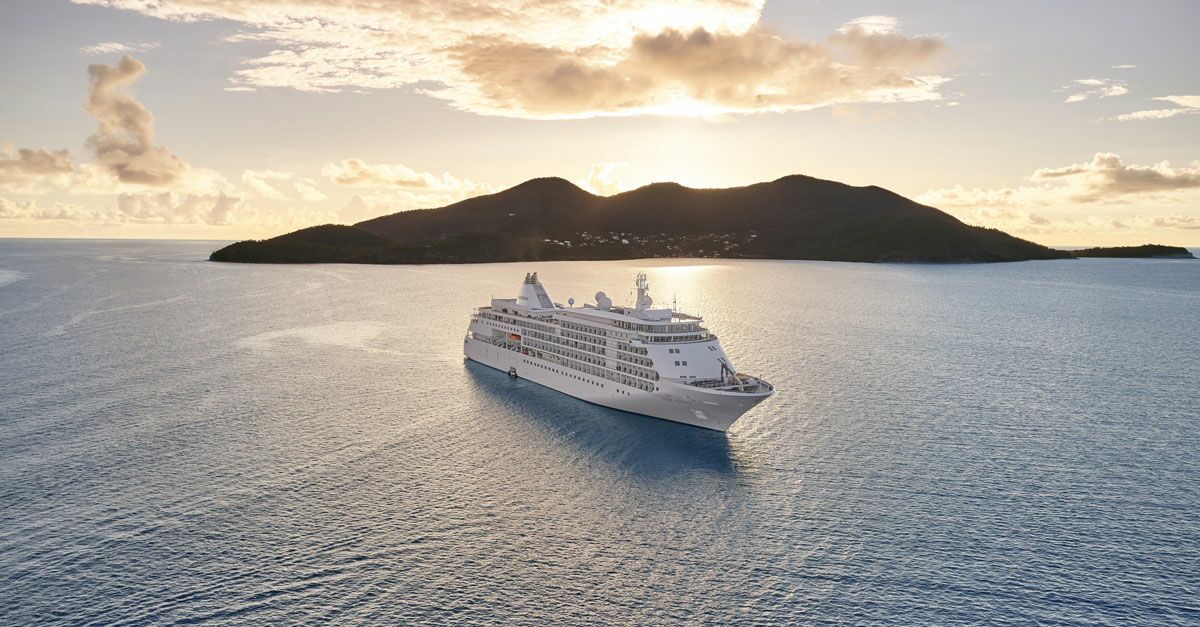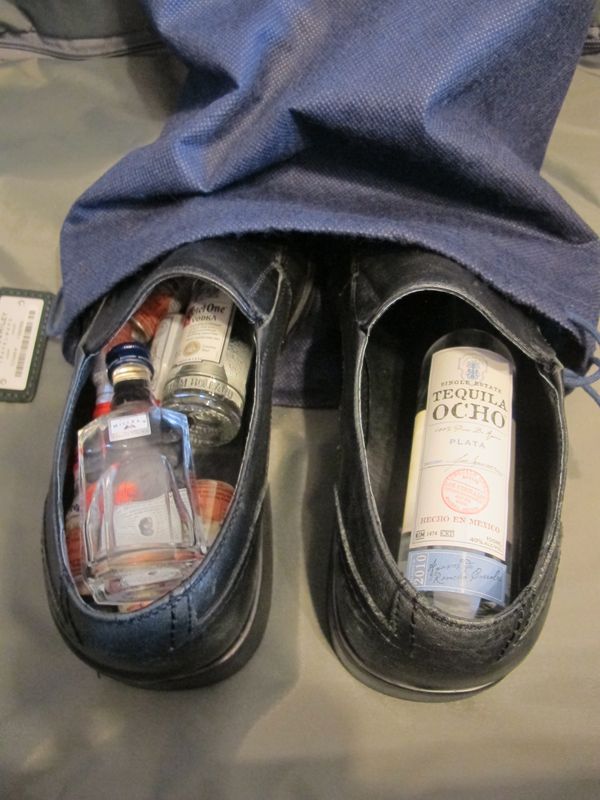
The average age of passengers on cruise ships varies from one cruise company to the next. Some cruise lines attract a younger audience than others and some focus on older cruisers. It is easy to gauge the cruise demographic just by looking at fellow passengers.
The Young, Active Crowd
Royal Caribbean ship passengers are usually young adults who want to try new things and enjoy a lot of action. You can find bars and nightclubs that offer live entertainment, as well as climbing walls and simulators for surfing, martini-mixing robotics, and nightclubs.
Celebrity Cruises attracts a mixture of middle-aged, senior, and millennial travelers. The line also has many returning passengers who love the fine cuisine and cruising.

Crystal Cruises is an international cruise line that caters to well-traveled people who want to enjoy luxurious experiences on board their medium-sized ships. These guests are loyal and want to be involved in activities such lectures, seminars, and computer classes.
Costa Cruises claims to be an Italian-based line. This means that the cruisers of Costa Cruises are mostly Italians. Although they come from different parts of the globe, Costa cruisers are drawn to the Italian culture. The average age of Costa cruisers is 55 and up, veteran vacationers who love the food, service, and ambiance of this small- to mid-sized cruise line that bills itself as "Italian."
Oceania Cruises has an older crowd but is popular with middle-aged travelers who are seeking a more luxurious cruise experience than you'll find on other smaller, budget-friendly cruise lines. These passengers tend to be well-traveled, wealthy and confident in their choice of cruise line.
Princess Cruises has an all-ages crowd that includes wide-eyed first-time cruisers, families with young children and adults with a range of interests, from music to wine to adventure. They trust the line with six small-to mid-sized ships as well as a reputation for high value and loyalty.

It is important to have travel vaccinations in order to travel on cruises. They are helpful in preventing measles/mumps and other diseases. These can be used to protect passengers from certain injuries such as broken bones and spinal cord injury.
Medical Centers
Medical centers on cruise ships treat many different illnesses and injuries. A majority of medical centers visits deal with acute or immediate conditions, such as seasickness, respiratory disease, and injuries resulting from slips and fall. A medical center can also address digestive disorders, allergies and mental health concerns like anxiety and depression.
Medical centers also offer preventive and wellness services, such as exercise classes and group training. These centers can also assist with managing chronic conditions such heart disease and diabetes.
FAQ
Are there any drawbacks to cruising
You should consider the pros and cons to cruising. Some people might not want to spend all of their vacation on a boat. Some people prefer to be closer to the shore or stay in a hotel. Others might feel uncomfortable leaving land for such a long time. These worries can be easily overcome by taking a cruise that leaves you plenty of time to ashore.
What tip do I have to give my Cruise Director?
This varies from cruise line to cruise line. Some cruise director receive tips and others don't. It is best to ask your Cruise Director before you board the ship to find out if they expect tips. They will usually tell you if they expect tips.
How long does it take to get to port?
There are many factors that affect how long it takes to reach the port. These include distance between port and ship, speed of ship travel, etc. You should note that not all ships dock at the same location as the shore. This allows them to unload their passengers quickly. Some ships dock farther from the shore, which means it takes longer for them to arrive.
Statistics
- For an example of savings, Royal Caribbean offers up to a 40% discount with a dining package. (travel.usnews.com)
- If you're traveling alone, you may also need to factor in a single supplement, adding up to as much as 100% of the cruise fare. (travel.usnews.com)
- You'll need to budget around $80 per person per day for this option – and an additional 18% gratuity. (travel.usnews.com)
- You can save 15% off the total price if you book in advance of your trip. (travel.usnews.com)
External Links
How To
How to avoid getting seasick on a cruise
You can avoid seasickness by wearing a cap while on cruise. Wide-brimmed caps prevent motion sickness and keep the head from moving too often.
Also, a cap keeps water off the skin and helps to reduce the moisture content of the air. This makes it easier to breathe for those who experience dizziness when inhaled moist air.
Another tip is to drink lots of fluids. Avoid alcohol or caffeine. These drinks dehydrate the liver, causing fluid to pool in the stomach. The amount of salt in the bloodstream can be reduced by drinking enough liquids. Salt can cause the body to retain water, leading to nausea.
Try eating salty foods if you feel nauseated. Salty foods make the stomach produce more hydrochloric Acid, which is helpful in breaking down food particles.
These are just some of the possible ways to reduce seasickness. Side effects of some medications include dry mouth, dry eyes, constipation and blurred vision.